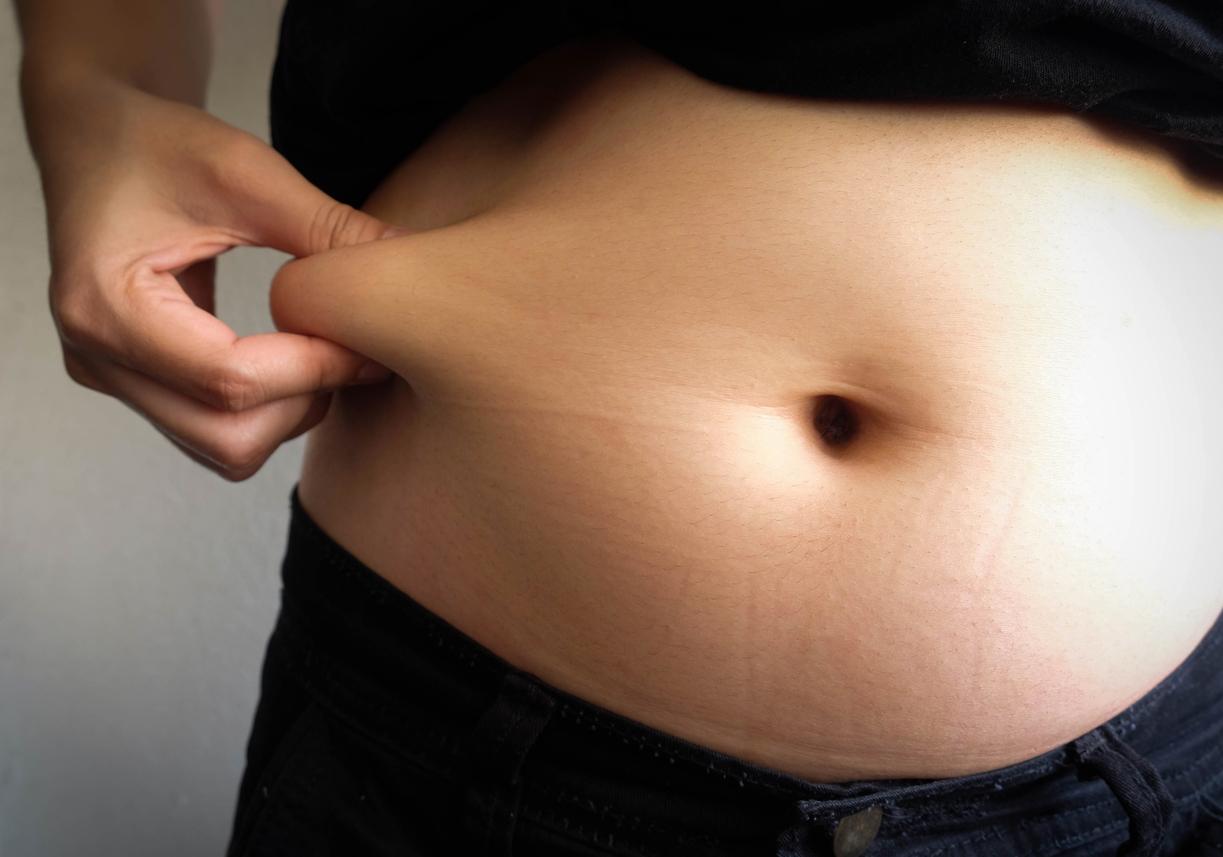A small wireless device to fight against obesity: this is the proposal of Texas researchers who have designed a system capable of acting on our feeling of satiety.

- The device acts on the feeling of satiety through a light directed on the vagus nerve
- It offers a less invasive solution than gastric bypass to fight obesity
Create a device capable of acting on the vagus nerve endings, which regulate appetite. This is the idea of these researchers from the University of Texas A&M, whose work is described in the journal NatureCommunications. The objective was to design a device that could help with weight loss and that required a simpler operating procedure for its implantation and less invasive than gastric bypass surgery.
The size of their developed device is said to be no more than one centimeter and provides a feeling of fullness by stimulating the vagus nerve endings with light. Unlike other devices that require a power cord, their device is wireless and can be controlled externally from a remote radio frequency source.
“Our device has the potential to stimulate specific nerve endings in the stomach and reduce surgical intervention in difficult gastric conditions, which in the future may be extremely beneficial for people requiring surgery. dramatic weight loss,” says Dr. Sung II Park, an assistant professor in the Department of Electrical and Computer Engineering who led the study.
A more comfortable tool for the patient
In recent years, the vagus nerve has received much attention as a target for the treatment of obesity. Medical devices to stimulate the endings of the vagus nerve already exist, but work from wires connected to a current source (electric shocks activate the ends of the nerve). A wireless device therefore has the advantage of being less bulky and more comfortable for the patient.
“Despite the clinical advantage of having a wireless system, no device to date has the ability to replicate chronic and long-lasting cell type-specific manipulation of neuron activity inside any other organ. than the brain,” explains Dr. Park.
His team used genetic tools to express genes that respond to light in specific vagus nerve endings in vivo. Scientists then designed the small device by inserting micro LEDs near the end and a flexible rod to attach it to the stomach.
“Our new tool now makes it possible to interrogate neuronal function in peripheral nervous systems in a way that was not possible with existing approaches,” Dr. Park concludes.
.















